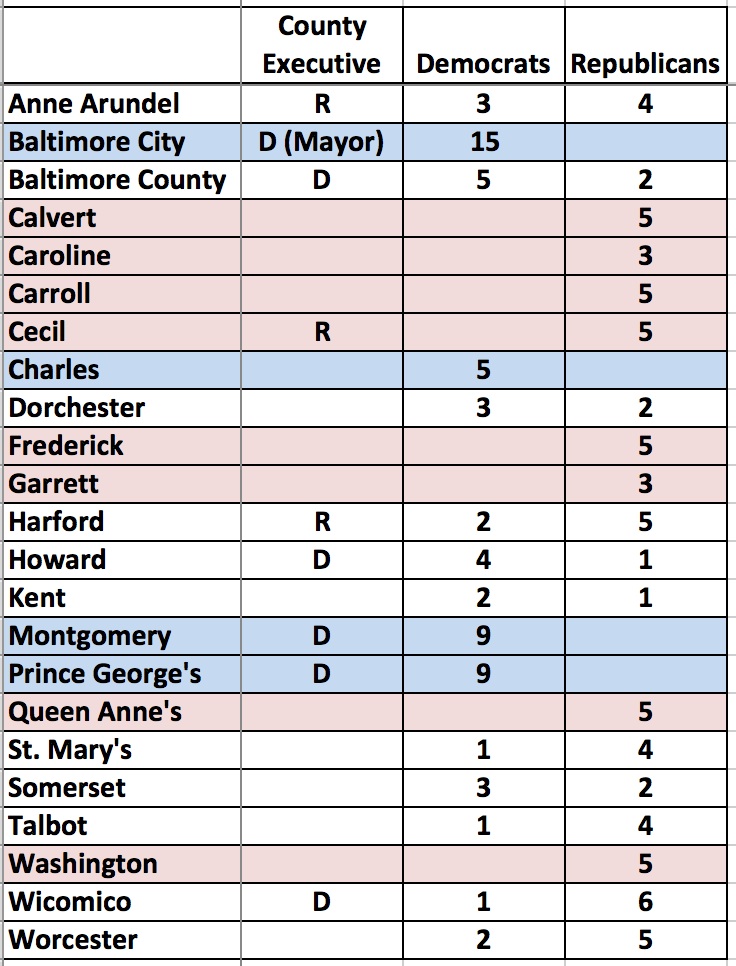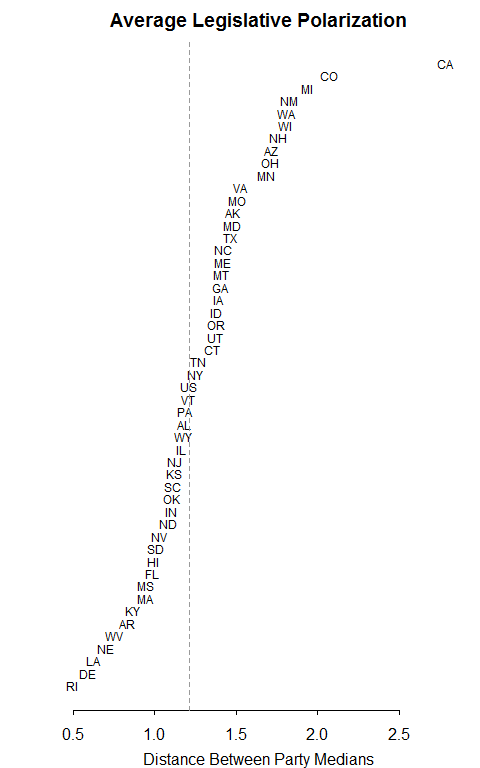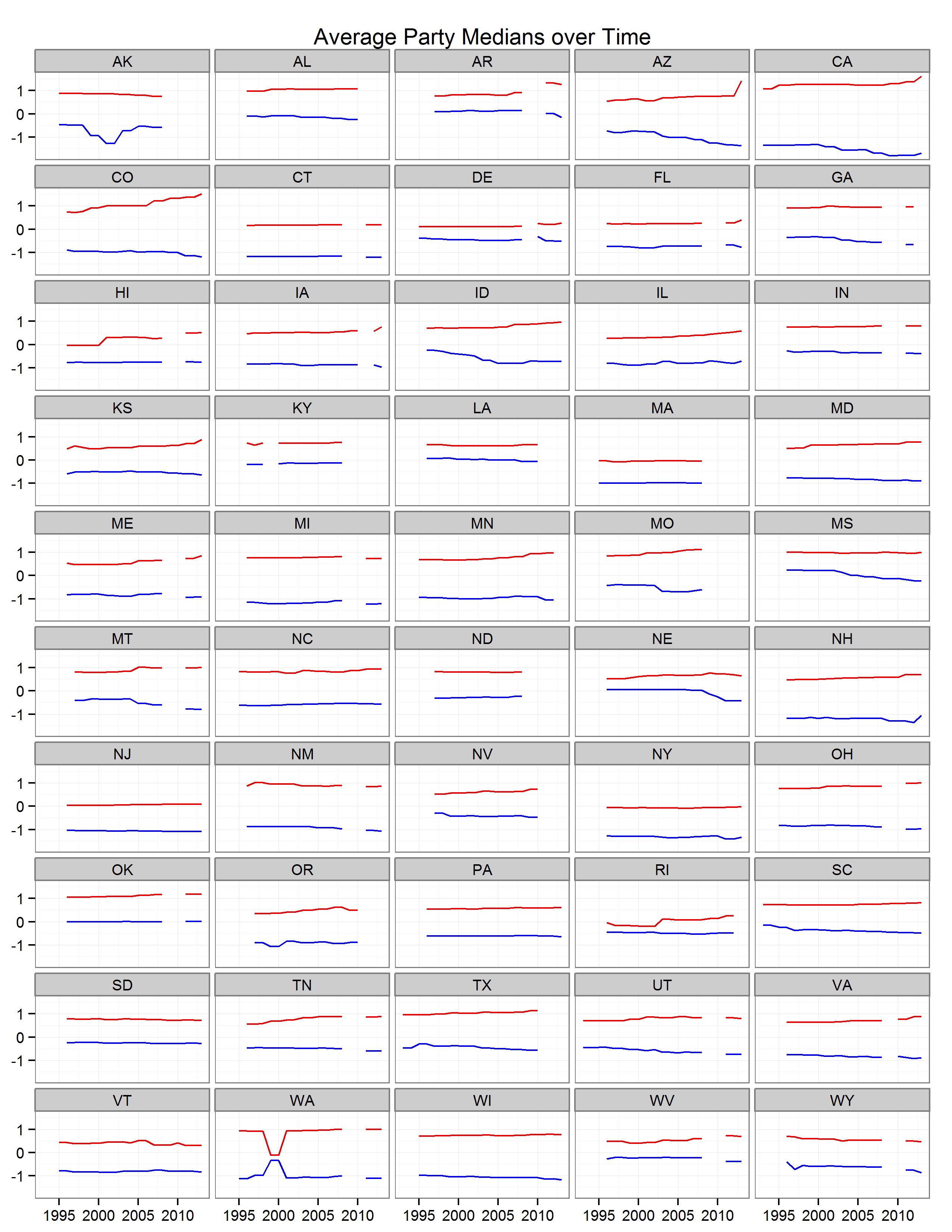Winners
1. Larry Hogan. Not only did he win but he completely shocked everybody by winning by a greater margin than Bob Ehrlich in 2002. A stunning victory by a Republican in Deep Blue Maryland. Democrats just didn’t think it was possible.
2. Polarization. The Democrats who lost in the General Assembly are almost all moderate or conservative Democrats: Sen. Roy Dyson, Del. David Rudolph, Del. Norm Conway. The Democrats will be more liberal and the Republicans more conservative. Expect even more acrimony between the Governor and the General Assembly than when Ehrlich was in office.
3. Chris Christie. I know one governor who will be endorsing him 2016. While Maryland doesn’t carry a lot of weight in the Republican Party, I am sure that Christie will welcome its delegates.
Losers
1. Martin O’Malley. The loss of his chosen successor undercuts completely his (vice?) presidential campaign. His legacy has now been repudiated by his own state at the polls.
2. Lieutenant Governors. The curse continues. Blair Lee lost in the primary, and now Katheen Kennedy Townsend and Anthony Brown have lost in the general. Perhaps Ken Ulman should be relieved.
3. Purple Line and Red Line. Governor-Elect Hogan has said he will not proceed with these projects. Why on earth should he throw billions at light-rail for areas that will never vote for him? He’d rather spend the money on roads.
4. Orange is Not the New Black. I am sure that Heather Mizeur was completely sincere in her Baltimore Sun opinion piece. But many who are not her diehard fans will view it as a cynical ploy to get her name before the voters even as she threw Anthony Brown under the bus while avowedly endorsing him. The most memorable moment of the campaign will not be forgotten.




